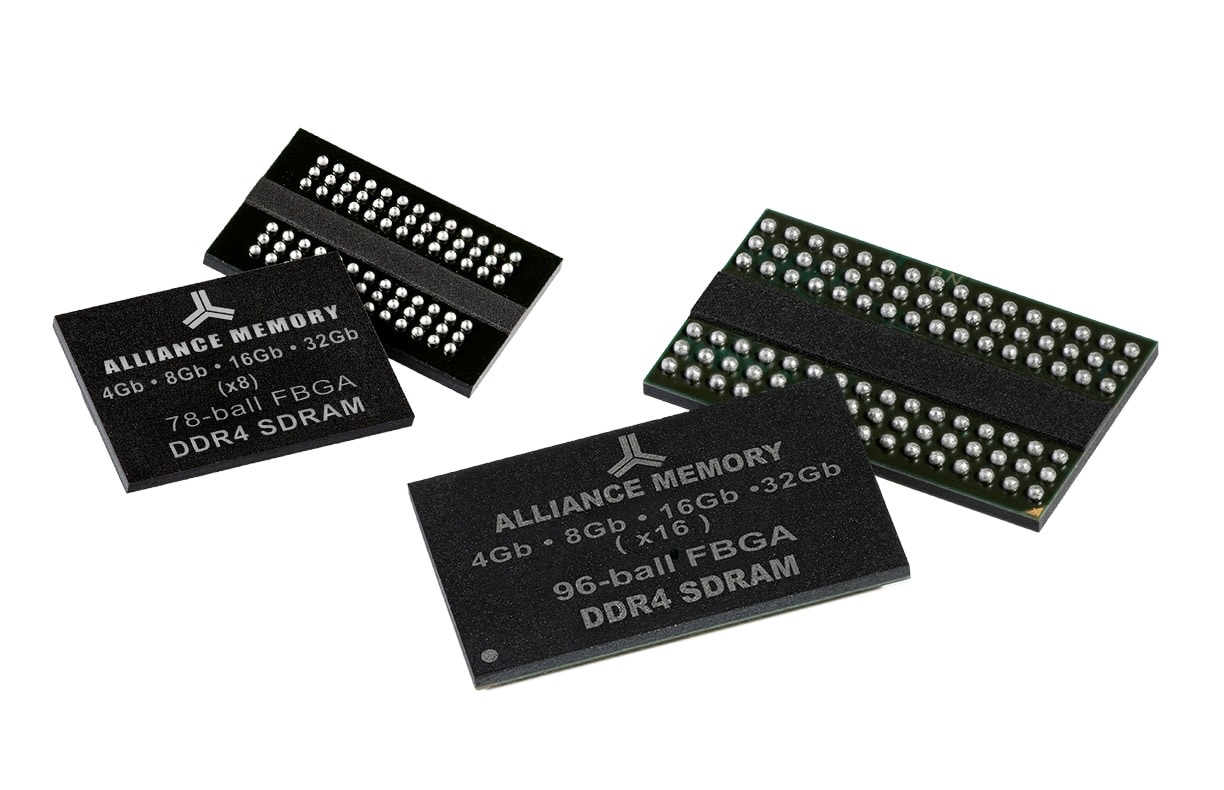The DDR4 memory, introduced in 2014 as the successor to DDR3, will continue to be manufactured at least until 2026. Although DDR5 is now the dominant standard in high-performance computers, servers, and cutting-edge workstations, leading manufacturers — Samsung Electronics, SK Hynix, and Micron Technology — have confirmed they will keep producing DDR4 to serve industrial sectors and markets where migrating to DDR5 is not yet feasible.
The reason: steady demand in industrial and embedded environments
DDR4 memory has become a well-established standard in industrial, telecommunications, embedded systems, and specialized hardware applications, where stability, long-term compatibility, and controlled costs are more important than the latest performance specs.
In these markets, product life cycles tend to be much longer than in consumer electronics. Many hardware manufacturers rely on certified platforms that are not updated every few years, making ongoing supply of DDR4 essential.
DDR5 is growing, but DDR4 is not disappearing
While DDR5 offers higher bandwidth, lower per-bit power consumption, and better scalability, its adoption remains uneven:
– In mission-critical servers and defense equipment, DDR5 platform validation is progressing slowly.
– In low- to mid-range PCs and laptops, DDR4 remains more affordable and sufficient for the required performance.
– In industrial infrastructure, proven reliability outweighs speed improvements.
Analysts expect DDR4’s competitive pricing will continue to be a key factor for its sustained presence, especially in emerging markets and systems that do not require maximum performance.
Implications for the memory market
Continuing DDR4 production until 2026 allows manufacturers to maximize return on investment in mature manufacturing nodes, while capitalizing on the high residual demand. Meanwhile, Samsung, SK Hynix, and Micron will keep expanding DDR5 production and exploring non-volatile memory technologies and HBM (High Bandwidth Memory) for AI and supercomputing.
Balancing the maintenance of mature production lines with accelerating technological transitions is crucial in a market where capacity and prices can fluctuate dramatically depending on global demand.
Frequently Asked Questions (FAQ)
– Why are some companies not transitioning to DDR5 yet?
Because the shift requires redesigning motherboards, upgrading compatible processors, and validating platforms, which can be costly and risky in environments that prioritize stability.
– In which sectors is DDR4 most used today?
In industry, telecommunications, defense, embedded systems, digital signage, storage, and industrial control.
– Will DDR4 prices continue to fall?
It’s likely they will stay competitive, although prices might stabilize or slightly increase if production is reduced too much before 2026.
– Can DDR4 and DDR5 be used in the same system?
No, they are physically and electrically incompatible; specific motherboards and memory controllers are required for each standard.

